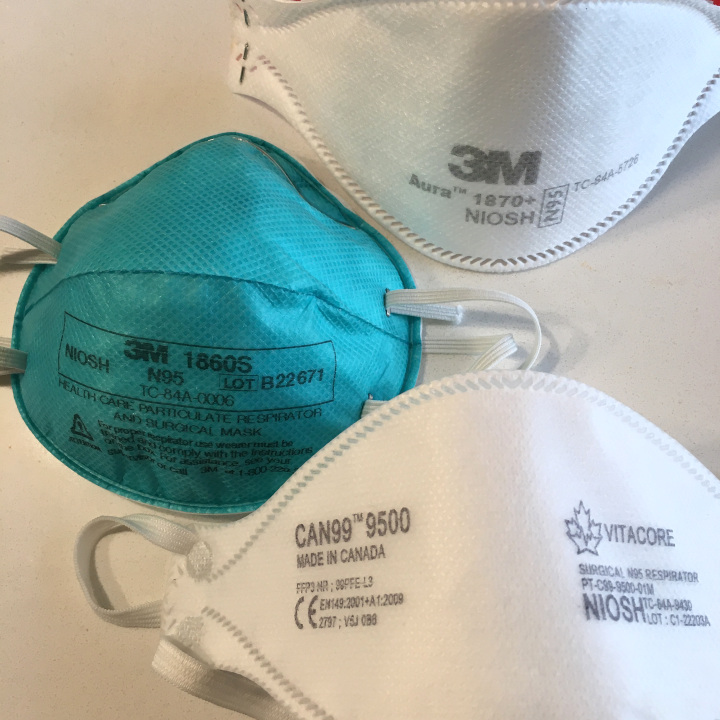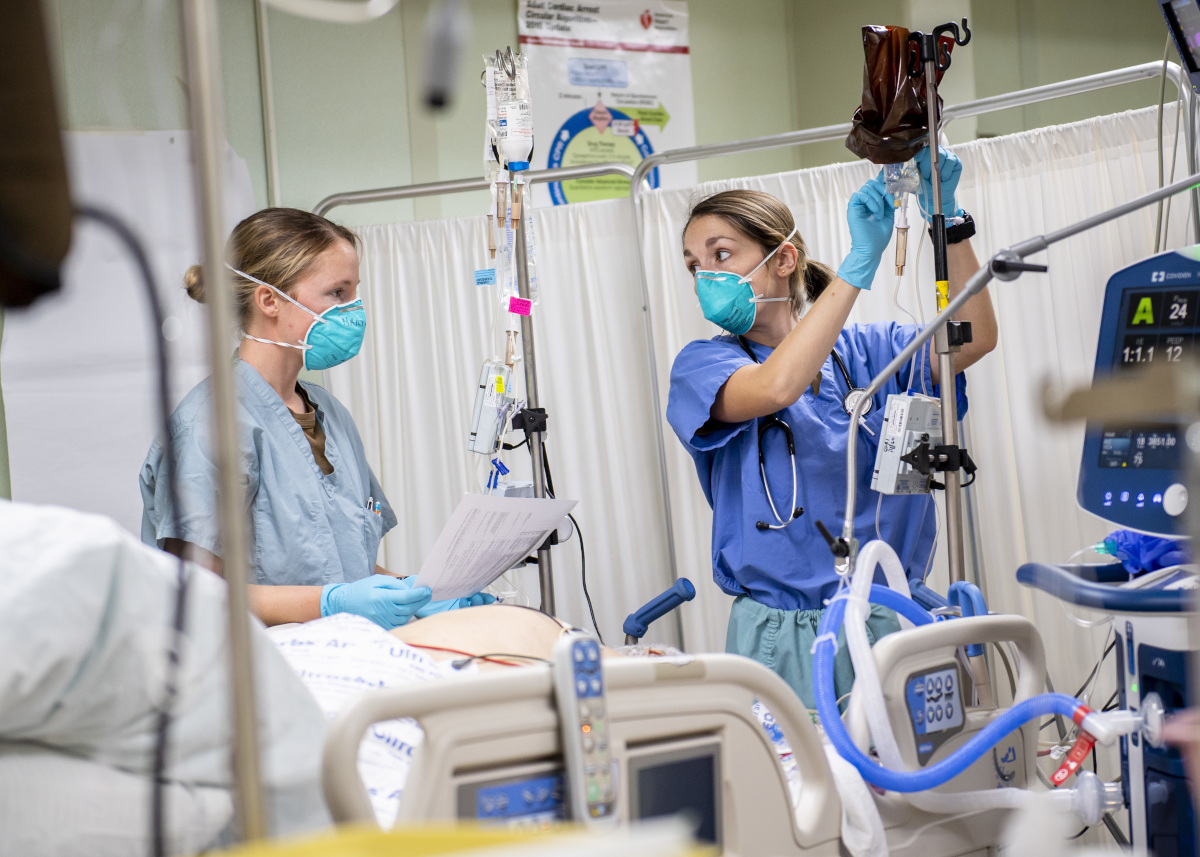Implementation of ventilation standards of at least five clean-air changes per hour, COVID-19 testing, the use of personal protective equipment (PPE), and universal wearing of respirators prevented most SARS-CoV-2 transmissions in a California healthcare system from 2020 to 2022, suggests a study published yesterday in Clinical Infectious Diseases.
For the study, University of California (UC) researchers used electronic health records and movement data of patients and staff to conduct viral genomic and social network analyses to estimate COVID-19 spread in the UC–San Diego Health system. The team analyzed 12,933 viral genomes from 35,666 infected patients and healthcare workers (HCWs) (out of 1,303,622 tests [2.7%]) from November 2020 to January 2022.
Testing, PPE, respiratory protection
HCWs were required to wear N95 respirators, eye protection, gowns, and gloves while directly caring for COVID-19 patients and were asked to don KN95 or N95 respirators in all hospital areas, including non–patient-care areas.
All unvaccinated HCWs underwent COVID-19 testing twice weekly, and vaccinated HCWs were tested weekly during periods of increased community transmission. Each HCW completed a daily COVID-19 symptom survey and were referred for testing if they reported a positive symptom or exposure.
Image description: Lieutenant (junior grade) Kayla Marthy, from Long Island, New York (left), and Lieutenant (junior grade) Brianna Garcia, from St. Petersburg, Florida, treat a patient in the intensive care unit aboard the hospital ship USNS Mercy (T-AH 19), on April 13, 2020. U.S. Navy photo by Mass Communication Specialist 2nd Class Ryan M. Breeden. Image is licensed under a Creative Commons CC BY 2.0 DEED | Attribution 2.0 Generic license.


